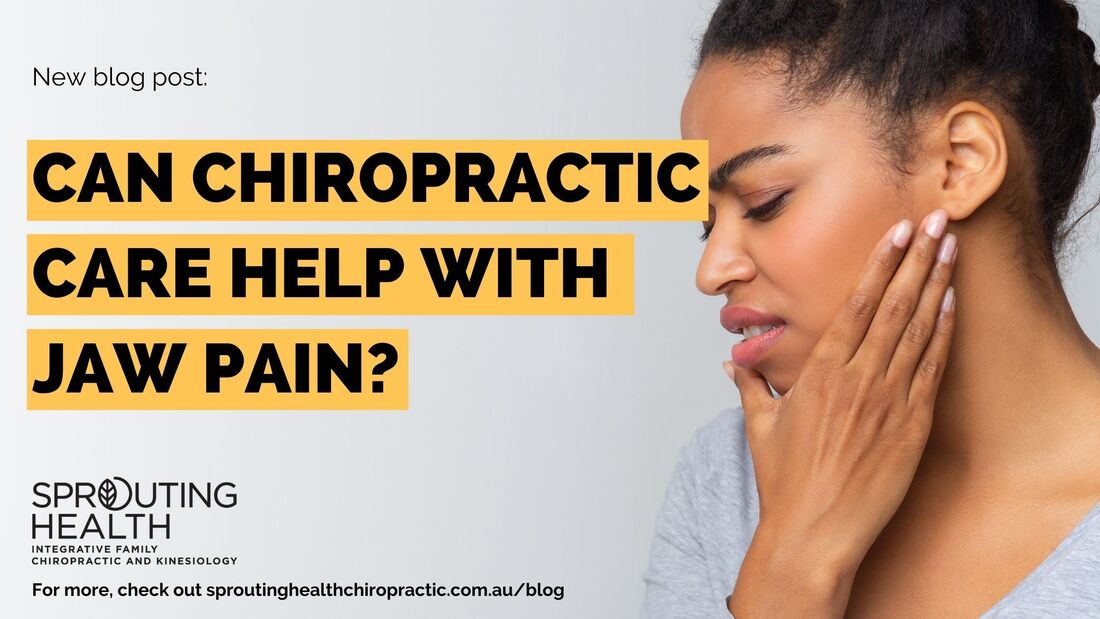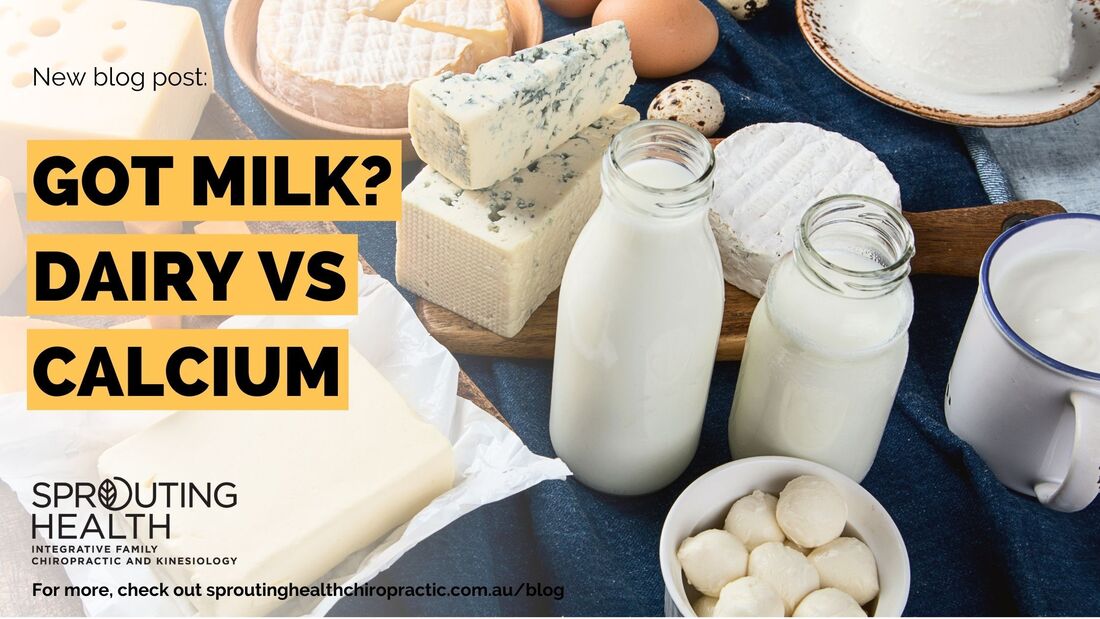|
Spinal pain is common and impactful, as low back pain is the first and neck pain is the fourth most common cause of years lived with disability globally, according to the Global Burden of Disease Study in 2010 (1,2). Do you or a loved one suffer from any form of spinal pain? This is an important article could make the world of difference to you. “Patients with high-impact chronic spinal pain (chronic pain limiting life and work activities) use opioids at a rate almost four times that of those with low-impact pain, and on average use over five times the morphine equivalent dose (3)” The most common condition for which opioids are prescribed is back pain (4). Between 2011 and 2016, opioid use among the aged Medicare population increased. 11-14% of Medicare beneficiaries aged 65 and older were prescribed opioids (5). Opioid analgesics continue to be widely prescribed for spinal pain despite current clinical guidelines that are evidence based identifying that non-pharmacological therapies are the preferred first line of approach (6). In recent research literature, where they conducted a retrospective observational study, looking through Medicare claim data. It was found that among older Medicare beneficiaries with spinal pain, use of chiropractic care is associated with significantly lower risk of filling an opioid prescription (7). So for spinal pain it would be important to try non-pharmacological approaches first which is recommended by the guidelines, as it is a far safer approach to deal with spinal pain. So if you want to find out if chiropractic care may help manage spinal pain for you or your loved ones, have a chat with one of our chiropractors to see how they can assist. “It’s always better to try the least invasive and safe approach first when it comes to our health” 1. Hoy D, March L, Brooks P, et al. The global burden of low back pain: estimates from the Global Burden of Disease 2010 study. Ann Rheum Dis. 2014;73:968-974. 2. Hoy D, March L, Woolf A, et al. The global burden of neck pain: estimates from the global burden of disease 2010 study. Ann Rheum Dis. 2014;73:1309-1315. 3. Herman PM, Broten N, Lavelle TA, Sorbero ME, Coulter ID. Health care costs and opioid use associated with high-impact chronic spinal pain in the United States. Spine. 2019;44:1154-1161. 4. Hudson TJ, Edlund MJ, Stefck DE, Tripathi SP, Sullivan MD. Epidemiology of regular prescribed opioid use: results from a national, populationbased survey. J Pain Symptom Manage. 2008;36:280–8. 5. Jefery MM, Hooten WM, Henk HJ, et al. Trends in opioid use in commercially insured and Medicare Advantage populations in 2007–16: retrospective cohort study. BMJ 2018;362:k2833.:https://doi.org/10.1136/bmj. k2833. 6. Qaseem A, Wilt TJ, McLean RM, Forciea MA. Noninvasive treatments for acute, subacute, and chronic low back pain: a clinical practice guideline from the American College of Physicians. Ann Intern Med. 2017;166:514–30. 7. Whedon, J.M., Uptmor, S., Toler, A.W., Bezdjian, S., MacKenzie, T.A. and Kazal, L.A., 2022. Association between chiropractic care and use of prescription opioids among older medicare beneficiaries with spinal pain: a retrospective observational study. Chiropractic & Manual Therapies, 30(1), pp.1-9.
0 Comments
3 in 10 adults and 1 in 10 children around the globe have jaw pain, or temporomandibular joint disorders(TMJD).(1) Temporomandibular joint(TMJ) is the joint where our mandible and skull connect. We use this joint when we talk, laugh, sing, eat and most importantly, chew. When one is suffering from TMJ pain, all of the above can become a luxury.
TMJ is a unique joint in the human body, but somehow quite similar to our spinal joint. A disc in between two boney structures that allows movement, muscles and ligament around the TMJ help stabilise the joint. Pain in TMJ can be caused by some physical stress such as wear and tear, degeneration, arthritis and injury. Stress could also be the hidden cause of jaw clenching or grinding.(2) Headaches(migraine, tension-type) and TMJD are widely accepted as comorbidity, meaning if you have one, you are likely to have the other at the same time.(2) As a result, chiropractors often see patients present with TMJ pain, or TMJ related disorders. A case series study in 2015 shows that people with TMJ pain have terrific improvement after a course of chiropractic treatment.(3) In this study, with a relatively small sample size of 14 people, the pain from start of treatment averaging 8.3 out of 10 reduced to the last treatment of 1.4 out of 10.(3) While this preliminary result is very encouraging, more studies in this area are needed to better understand the healing mechanism behind it. Another study recruited 28 healthy individuals to investigate the influence of chiropractic manipulation on maximal bite force. After receiving chiropractic manipulation, the maximal bite force is bumped up 11% on average, while the control group shows almost no difference.(4) One may argue this sounds like a dentist’s job. At Sprouting Health Chiropractic and Kinesiology, we always perform a thorough examination before treating our practice members and direct them for an appropriate referral if needed. Speak to one of our chiropractors today if you or your loved ones have jaw issues to discuss your options. References 1. Valesan LF, Da-Cas CD, Réus JC, Denardin ACS, Garanhani RR, Bonotto D, et al. Prevalence of temporomandibular joint disorders: a systematic review and meta-analysis. Clinical Oral Investigations. 2021;25(2):441-53. 2. Speciali JG, Dach F. Temporomandibular Dysfunction and Headache Disorder. Headache: The Journal of Head and Face Pain. 2015;55(S1):72-83. 3. Pavia S, Fischer R, Roy R. Chiropractic Treatment of Temporomandibular Dysfunction: A Retrospective Case Series. Journal of Chiropractic Medicine. 2015;14(4):279-84. 4. Haavik H, Özyurt MG, Niazi IK, Holt K, Nedergaard RW, Yilmaz G, et al. Chiropractic Manipulation Increases Maximal Bite Force in Healthy Individuals. Brain Sciences. 2018;8(5):76. Dry needling (DN) is mostly used for subacute and chronic phases of an injury.
Dry needling is used to treat many different anatomic structures and a variety of conditions. It is used to stimulate neural, muscular and connective tissue such as tendons, msucle and scar tissue. Some conditions commonly treated by DN is piriformis syndrome, knee osteoarthritis and plantar fasciitis (1) Dry needling has biomechanical, vascular and endocrinological effects. The literature states that short term pain, nerve conduction velocity, local oxygen, collage proliferation, muscular strength all improve with dry needling (1,2) There are 4 main reasons to use dry needling: to relieve pain, increase ROM and flexibility, decrease oedema, and increase strength and power. Pain being the biggest driver to people to seek help, most people use dry needling to help with their pain levels. In a research study article, subjects with acute neck pain were treated with trigger point dry needling (4). At 10 minutes and 1 week after dry needling, the subjects had decreased pain intensity and an increased pressure pain threshold (4). A similar case report looked at treating acute neck pain in a 64 year old female (5). The subject’s pain and functional improvement was seen after the initial treatment, which lasted until the next treatment 1 month later. If lasting effects were seen from a session of dry needling, it may be worth suggesting the use of DN for athletes prior to a game or even in their subacute phase of their injury in the week leading up to their game. More research is always welcome and a trial of DN may help manage some of your issues. If you are experiencing pain, and need help, maybe DN is what you need. But if you are afraid of needles, we here at Sprouting Health have other ways to helping you. Citations
Today, we want to talk to you about an extremely common discussion that we have in consult around gut health; calcium vs dairy. We have been taught for years that dairy is an excellent source of calcium, but it is time to challenge the status quo?
Calcium is very important to enhance bone mineral deposition, and low calcium intake in children can contribute to rickets in combination with poor vitamin D and genetics. Currently it is recommended that infants have 300mg/day, children have 500-800mg/day and adults have 800-1000mg/day. (1-6) We also know that calcium is important in the prevention of osteoporosis. A 12 year Harvard study of 78,000 women who drank 3 glasses of milk a day had a higher risk of hip and forearm fracture than those who dank one or less glasses per week. Another study from Sydney found high dairy consumption was associated with an increased risk of fracture. The countries with the highest rates of osteoporosis (US, England, Sweden & Finland) are the ones where people drink the most milk. (1-4) So, now we come to the dairy challenge. Yes, it is high in calcium, but the bioavailability is actually rather low (30%), especially when compared with other sources such as brussels sprouts (64%), mustard greens (58%), or broccoli (53%). In fact, the animal proteins in dairy increase the excretion of calcium through urine. It has also been suggested that the daily recommended quantities are linked with increases in the risk of cancers, autoimmune diseases, ear infections and allergies in children, heart disease, and diabetes. (1-3) What can I do to help my bone health if dairy is not the answer? Well, increasing fruit and vegetable intakes will help, limiting animal proteins, regular exercise and getting enough vitamin D.
|
AuthorBlogs by the team at Sprouting Health Archives
July 2024
Categories |





 RSS Feed
RSS Feed
